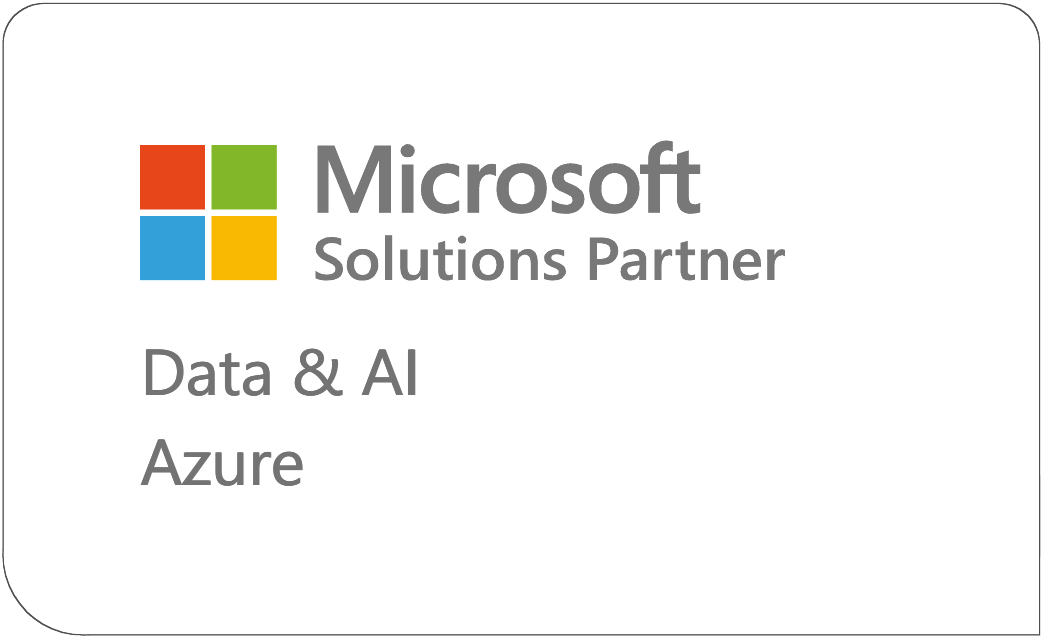In today’s data-driven world, the reliability of the data sources and the stability of the data architecture remains the cornerstone of enterprise Business Intelligence (BI) efforts. The global market size of data center infrastructure surpassed $50 billion in 2020 and is expected to grow at a CAGR (Compound Annual Growth Rate) of 11.5% from 2021 to 2027.
From data analytics to business intelligence, data warehousing has served enterprises well for years. Not long ago data lakes entered the BI scene, utilizing the cost-effective storage capacity of cloud technology.
However, both data lakes and data warehouses have their own drawbacks and challenges. Data lakehouse, the most recently introduced data architecture, aims to address all those existing shortcomings.
Every business requires unique data architecture for better allocation and analysis of both structured and unstructured data. Today we’ll help you select the right data architecture that fits your enterprise Power BI requirements.
What is a Data Warehouse?
A data warehouse (DW or DWH) is a data model that is considered a core component of BI used for data analysis and enterprise reporting.
A data warehouse, also termed Enterprise Data Warehouse (EDW), acts as a centralized data storehouse that takes in current and historical data from various data sources. This stored data is then utilized to create data analytical reports for an enterprise’s workforce.
Pros of a Data Warehouse
- Speedy data retrieval
- Efficient identification and rectification of data errors
- Easy integration
Cons of a Data Warehouse
- Higher scale of manual interference
- Incompatibility
- Higher maintenance costs
- Sensitive data leads to limited usage
What is a Data Lake?
A data lake is a centralized data store for both structured and unstructured data. In a data lake, you limitlessly store all your data without altering its structure. The global data lake market size is expected to grow from $7.6 billion in 2019 at a CAGR of 20.6% from 2020 to 2027.
Pros of a Data Lake
- Instant yet flexible access to the entire database
- No relational or transactional restrictions on the data
- No need to move the data
- Empowers and liberates enterprises from IT domination
- Speedy delivery
- Enables highly productive yet advanced analytics
- Cost-effective flexibility and scalability of data
- Creates value from unlimited data
- Brings down long-term ownership cost
- Cost-effective data storage
- Greater adaptability
Cons of a Data Lake
- Inefficient data processing and data governance
- Cluttered data environment
- Privacy and integration issues
- Highly complex legacy data
- Unstructured data creates futile data islands
- Sloppy metadata lifecycle management
- Security risks and limited access control
What is a Data Lakehouse?
A data lakehouse is a recent introduction in the realm of data architecture. The data lakehouse architecture is still in its infancy. Even the term itself appeared in the IT-sphere around 2017. This latest data architecture combines a data lake’s flexibility, scalability, and cost-effectiveness with a data warehouse’s data management and ACID transactions.
ACID stands for the Atomicity, Consistency, Isolation, and Durability properties of database transactions. This powerful combination enables business intelligence and machine learning on every type of data.
Pros of a Data Lakehouse
- Generates BI from unstructured data
- A simple yet cost-effective data system
- Economic data storage
- Direct access to timely data insights
- Efficient data governance
- Brings down data movement
- Reduced redundancy
Cons of a Data Lakehouse
- Data architecture in its infant phase
- Not ideal for making direct queries
- Difficult to implement without the help of a Power BI/Azure Architect expert
Why Enterprises Are Choosing Data Lakehouses
The recent report from The Conference on Innovative Data Systems Research (CIDR) argues that the data lakehouse stands as the next big idea for data management. However, the implementation of a data lakehouse solely depends on your specific Power BI requirements.
If your enterprise needs optimization of ROI and total cost of ownership on an existing data lake, a data lakehouse is an apt choice. A data lakehouse might be an ideal data architecture if scalability and reliability come at the top of your enterprise’s list of concerns.
With a data lakehouse, it’s possible to create enterprise-wide reporting in Power BI cost-effectively. You’re able to create different dimensions and fact tables in your report even if they’re not related because all you’re doing is creating a container or a folder of different flat files.
Once these flat files or dimensions are inside the data lakehouse or the folder, you simply pull them into Power BI tabular models and start building your reporting infrastructure. With these tabular models, you’re essentially creating miniature data marts that are specific for reporting.
If you’re strongly considering a data lakehouse, a couple of pros and cons we mentioned earlier are worth rementioning.
One of the cons is that this data architecture is not ideal for making direct queries. For such cases, you should look at pulling data from the SQL database. But again, if you’re planning to use the import method and create data marts throughout Power BI tabular models, a data lakehouse is an efficient approach.
We can’t predict the future—but based on what we’re seeing out in the field with the enterprises we work with—we predict that data lakehouse architecture may eventually replace data warehouses. We also predict that a hybrid data lakehouse and data warehouse infrastructure method will become more common where applicable.
For these predictions to come to fruition, though, data analytics professionals must rethink the efficiency of their current data architecture and decide if lakehouses are right for them when it comes to handling the ever-increasing data surge.
Whatever your BI solution needs or concerns are, our Power BI experts here at Collectiv will work with your team to formulate and execute a seamless Power BI implementation plan that solves your most critical business needs.
Contact us to learn more about how we help your enterprise get the most out of your data architecture investment.



























